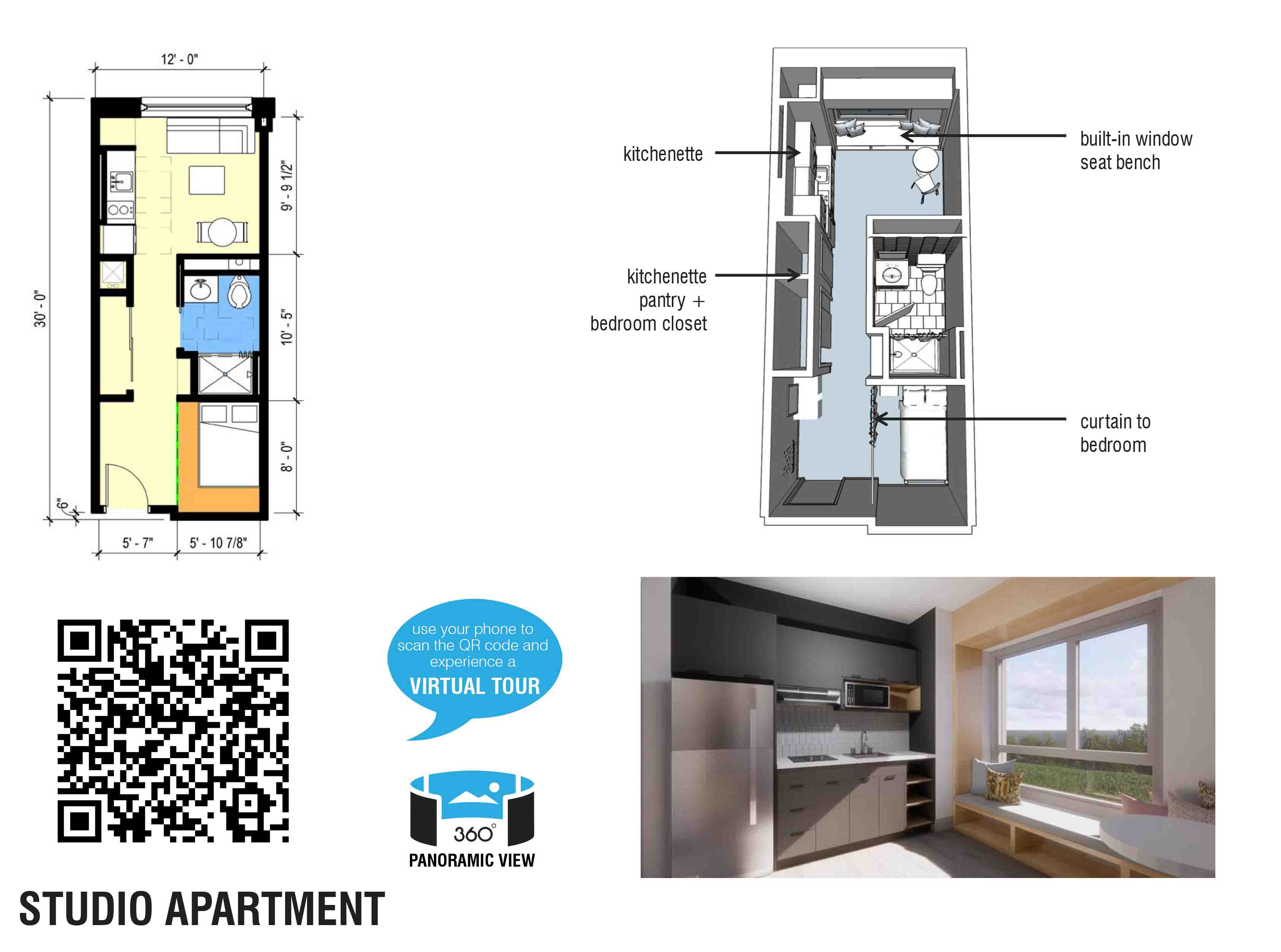How virtual reality can improve client and end-user relationships
January 21, 2019
January 21, 2019
The digital age has been accused of ruining relationships, but we’re finding that tools such as VR can actually improve them
In an age of highly sophisticated video games and smart everything, virtual reality (VR) is proving to be an approachable and attractive way to engage both clients and their stakeholders during the design process. Our team works closely with the higher education industry, and we’ve found that VR tools are providing a mechanism to foster stronger relationships with clients and users.
For most of our higher education clients, we’re entrusted with designing their largest capital investments. Helping them get buy-in on the design from donors and other revenue-generating parties becomes a very important part of our job as their architecture team. One way we’re achieving this is through VR.
At Western Michigan University (WMU), our Detroit and Boston teams are currently fine tuning the design of the school’s new South Neighborhood student housing. A few months into the design process, we set up a booth during the school’s annual Bronco Bash—a massive, wildly popular welcome-back celebration—to engage and assist students in transitioning to campus life each fall. Our team offered passers-by the opportunity to put on a headset and see how the new housing facility was shaping up.
We thought VR would be a fun way to introduce ourselves to the greater WMU community, but it actually allowed us to glean perspective from quite possibly the most important stakeholders involved in our project: the students who will be living there. This simple activity created trust from the students, and thus started a relationship between them and us. As a potential renter, their critiques and feedback were invaluable as we were designing the building. VR allowed them to be part of the process. We were speaking the same language.
The Bronco Bash VR booth was the most engaged we’ve ever seen end-users at this stage of a building’s design, and even though it was a bit chaotic, we walked away with insights not previously discussed in team meetings.

A few months into the design process of Western Michigan University’s South Neighborhood student housing, we set up a booth during the school’s annual Bronco Bash—a massive, wildly popular welcome-back celebration—to engage and assist students in transitioning to campus life each fall. Our team offered passers-by the opportunity to put on a headset and see how the new housing facility was shaping up.
Another way VR is supporting our education studios is by allowing clients to feel the space before it’s built—something you just can’t get from a rendering. We’ve found that when everyone can see and feel the same space, decisions can be made more quickly and with greater confidence.
VR allowed us to glean perspective from quite possibly the most important stakeholders involved in our project: the students who will be living there.
In a meeting with another university where we were giving a progress update on a renovation design, just pulling out the headsets completely changed the mood of the room. Eyes looked up from phones, hands were raised. We watched the meeting go from routine and mundane to energetic and productive—even fun. Acting as an informal “ice-breaker,” VR let the owner see the project from their own perspective. As the trust grew, a sense of informality kicked in and they were empowered to say exactly what they were thinking. This allowed us to make smarter design decisions with our client on the spot, ultimately reducing the need make changes down the line.
For higher-ed clients, gone are the days of walking around with a clipboard and some drawings to drum up interest and endowment. We’ve seen VR significantly improve overall project marketing for clients as well—before, during, and after the fact. Clients in any market can use such assets to offer a glimpse of what’s coming. For our commercial, retail, and multi-family residential clients, they can now “walk” potential renters through spaces before a facility’s built, helping them work toward a fully-leased building before it even breaks ground.

At Western Michigan University, our Detroit and Boston teams are currently fine tuning the design of the school’s new South Neighborhood student housing.
At project close-out, the VR assets become a bridge to community and for future project visioning. Along with utilizing the VR tools in lease-up or occupancy-related activities, it can be built upon to realize whole neighborhoods or campuses and offer immersive recruitment opportunities from worlds away.
In the increasingly competitive recruitment market for out-of-state and international students, the VR portals can be built upon to create experiential, virtual campus tours and offer a glimpse of campus life from a remote desktop or headset anywhere in the world. Just as we scroll through our closest friend’s post from their latest excursion abroad, students can live out a day of campus life through an immersive virtual experience.
Additionally, as campuses aggressively retool their physical environments with capital improvements, having a ready duplicate of those environments in the virtual realm allows for speedy visualization and identification of future projects and plans. This visualization is becoming increasingly valuable as spaces have been built more flexibly to allow for rapid changes to appeal to new educational modes and space needs. The day of the in-depth facility assessment yields to rapid retooling of space with turnkey, fast-tracked building repositioning.
As we each seek to share in the experiences of others through social media, sharing, and instantaneous communication, it stands to reason that virtual environments will continue to grow in value, possibly even supplanting the importance of the physical space in the future.
VR has become a powerful tool for client relations as it keeps projects moving efficiently and gives clients the confidence to make tough decisions. It helps us get client buy-in quickly and helps clients see how we’re progressing to their goals.